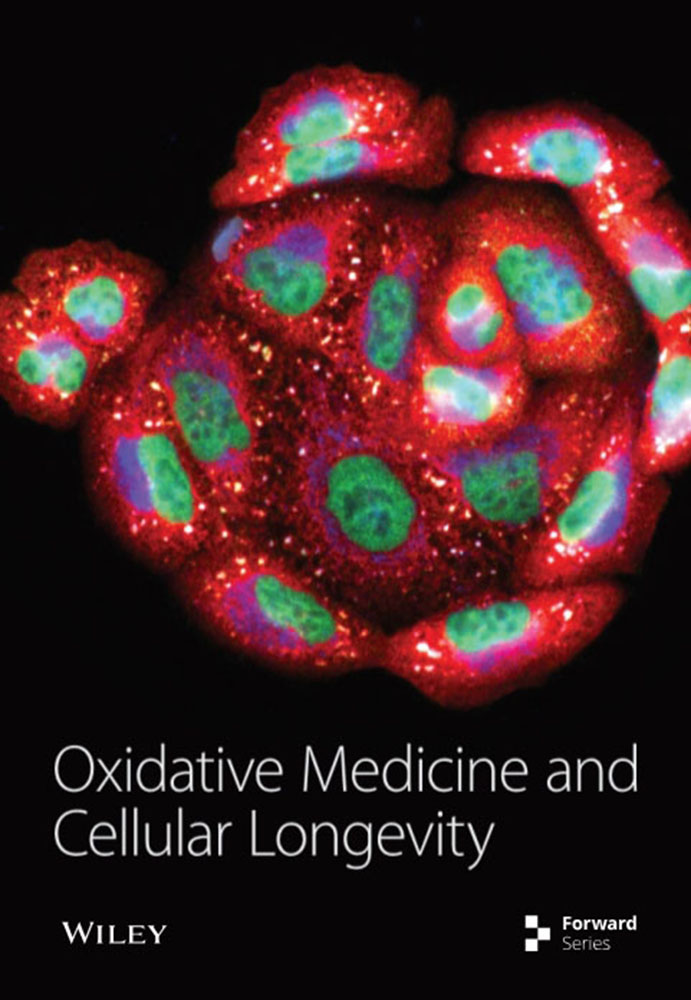SIRT1/3 Activation by Resveratrol Attenuates Acute Kidney Injury in a Septic Rat Model
2区 生物学
Q1 Biochemistry, Genetics and Molecular Biology
引用次数: 122
Abstract
Sepsis often results in damage to multiple organ systems, possibly due to severe mitochondrial dysfunction. Two members of the sirtuin family, SIRT1 and SIRT3, have been implicated in the reversal of mitochondrial damage. The aim of this study was to determine the role of SIRT1/3 in acute kidney injury (AKI) following sepsis in a septic rat model. After drug pretreatment and cecal ligation and puncture (CLP) model reproduction in the rats, we performed survival time evaluation and kidney tissue extraction and renal tubular epithelial cell (RTEC) isolation. We observed reduced SIRT1/3 activity, elevated acetylated SOD2 (ac-SOD2) levels and oxidative stress, and damaged mitochondria in RTECs following sepsis. Treatment with resveratrol (RSV), a chemical SIRT1 activator, effectively restored SIRT1/3 activity, reduced acetylated SOD2 levels, ameliorated oxidative stress and mitochondrial function of RTECs, and prolonged survival time. However, the beneficial effects of RSV were greatly abrogated by Ex527, a selective inhibitor of SIRT1. These results suggest a therapeutic role for SIRT1 in the reversal of AKI in septic rat, which may rely on SIRT3-mediated deacetylation of SOD2. SIRT1/3 activation could therefore be a promising therapeutic strategy to treat sepsis-associated AKI.白藜芦醇激活SIRT1/3减轻脓毒症大鼠急性肾损伤模型
脓毒症通常导致多器官系统受损,可能是由于严重的线粒体功能障碍。sirtuin家族的两个成员SIRT1和SIRT3与线粒体损伤的逆转有关。本研究的目的是在脓毒症大鼠模型中确定SIRT1/3在脓毒症后急性肾损伤(AKI)中的作用。在药物预处理和大鼠盲肠结扎穿刺(CLP)模型复制后,进行存活时间评估、肾组织提取和肾小管上皮细胞(RTEC)分离。我们观察到败血症后rtec中SIRT1/3活性降低,乙酰化SOD2 (ac-SOD2)水平升高和氧化应激升高,线粒体受损。白藜芦醇(resveratrol, RSV)是一种SIRT1化学激活剂,可有效恢复SIRT1/3活性,降低乙酰化SOD2水平,改善rtec的氧化应激和线粒体功能,延长存活时间。然而,RSV的有益作用被选择性SIRT1抑制剂Ex527极大地抵消了。这些结果表明SIRT1在脓毒症大鼠AKI的逆转中具有治疗作用,这可能依赖于sirt3介导的SOD2去乙酰化。因此,SIRT1/3激活可能是治疗败血症相关AKI的一种有希望的治疗策略。
本文章由计算机程序翻译,如有差异,请以英文原文为准。
求助全文
约1分钟内获得全文
求助全文
来源期刊
CiteScore
13.20
自引率
0.00%
发文量
1274
审稿时长
3-8 weeks
期刊介绍:
Oxidative Medicine and Cellular Longevity is a unique peer-reviewed, Open Access journal that publishes original research and review articles dealing with the cellular and molecular mechanisms of oxidative stress in the nervous system and related organ systems in relation to aging, immune function, vascular biology, metabolism, cellular survival and cellular longevity. Oxidative stress impacts almost all acute and chronic progressive disorders and on a cellular basis is intimately linked to aging, cardiovascular disease, cancer, immune function, metabolism and neurodegeneration. The journal fills a significant void in today’s scientific literature and serves as an international forum for the scientific community worldwide to translate pioneering “bench to bedside” research into clinical strategies.

 求助内容:
求助内容: 应助结果提醒方式:
应助结果提醒方式:


